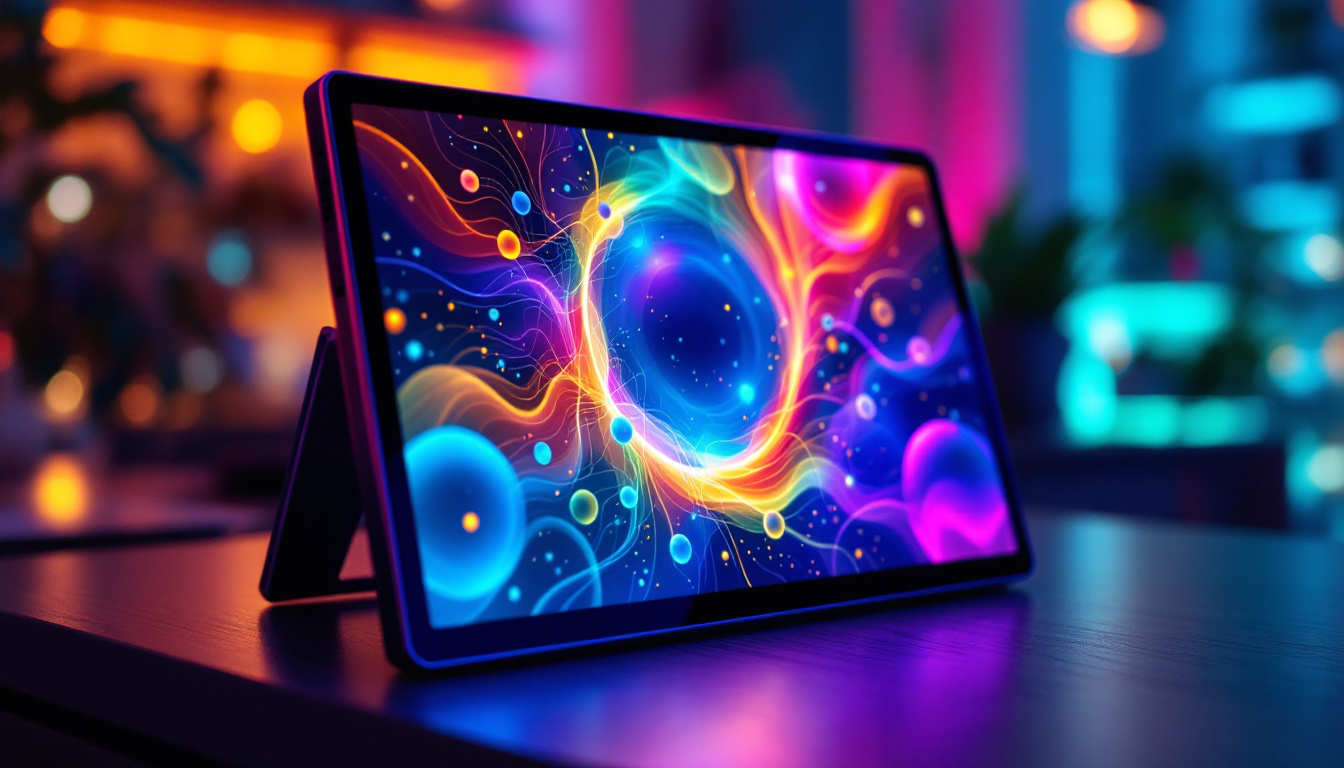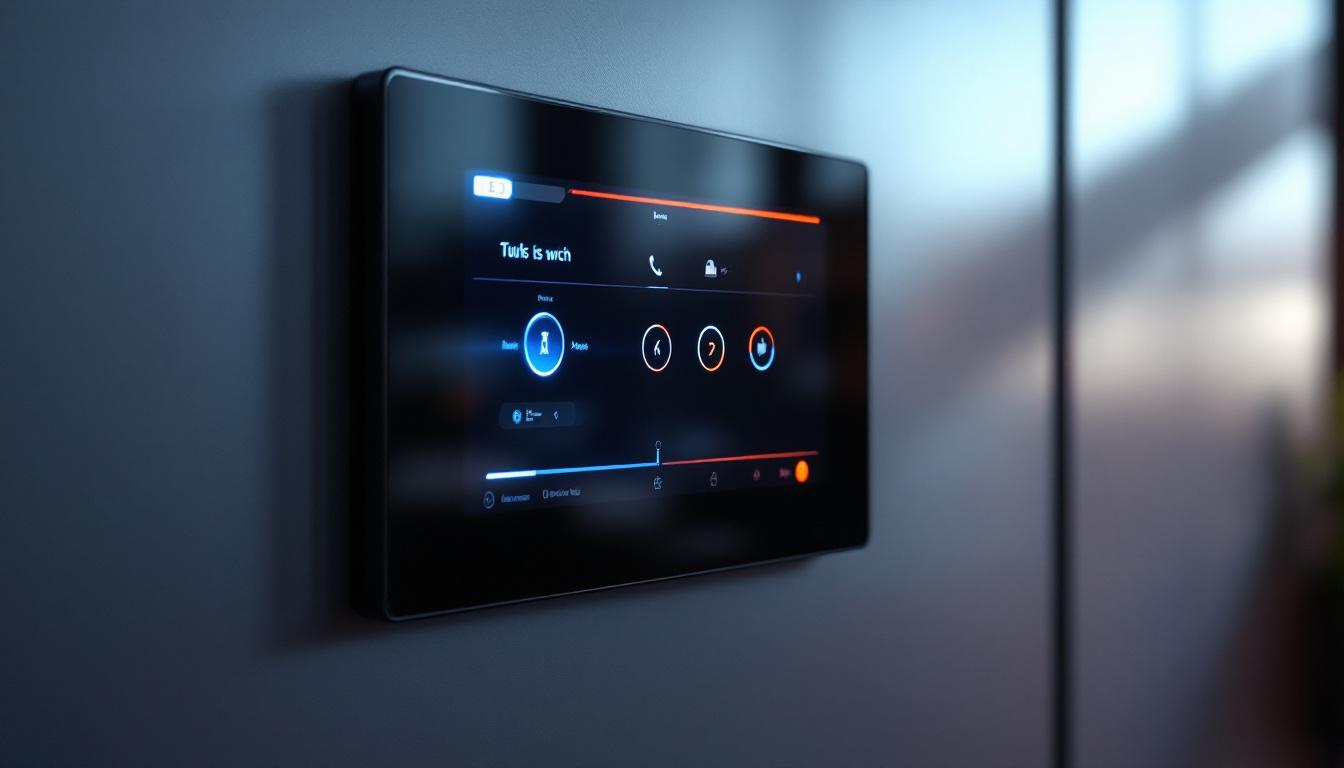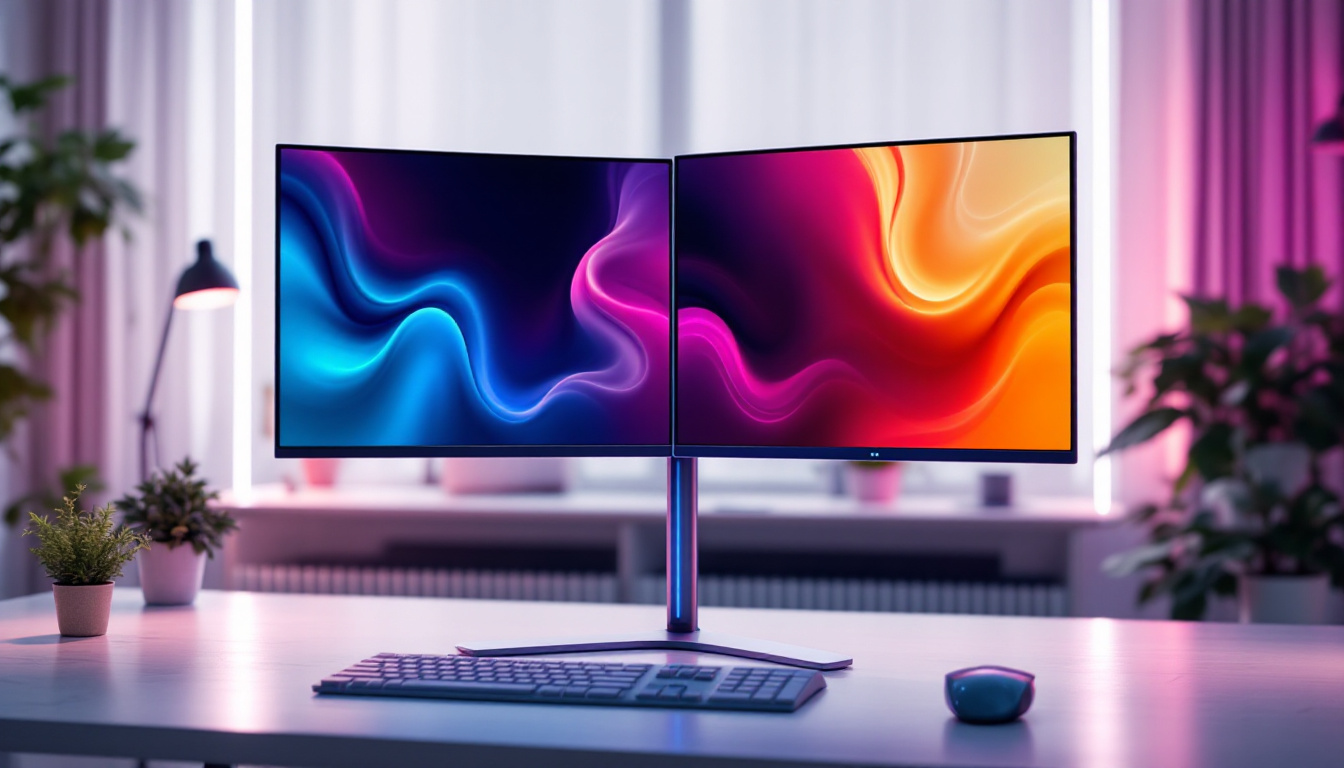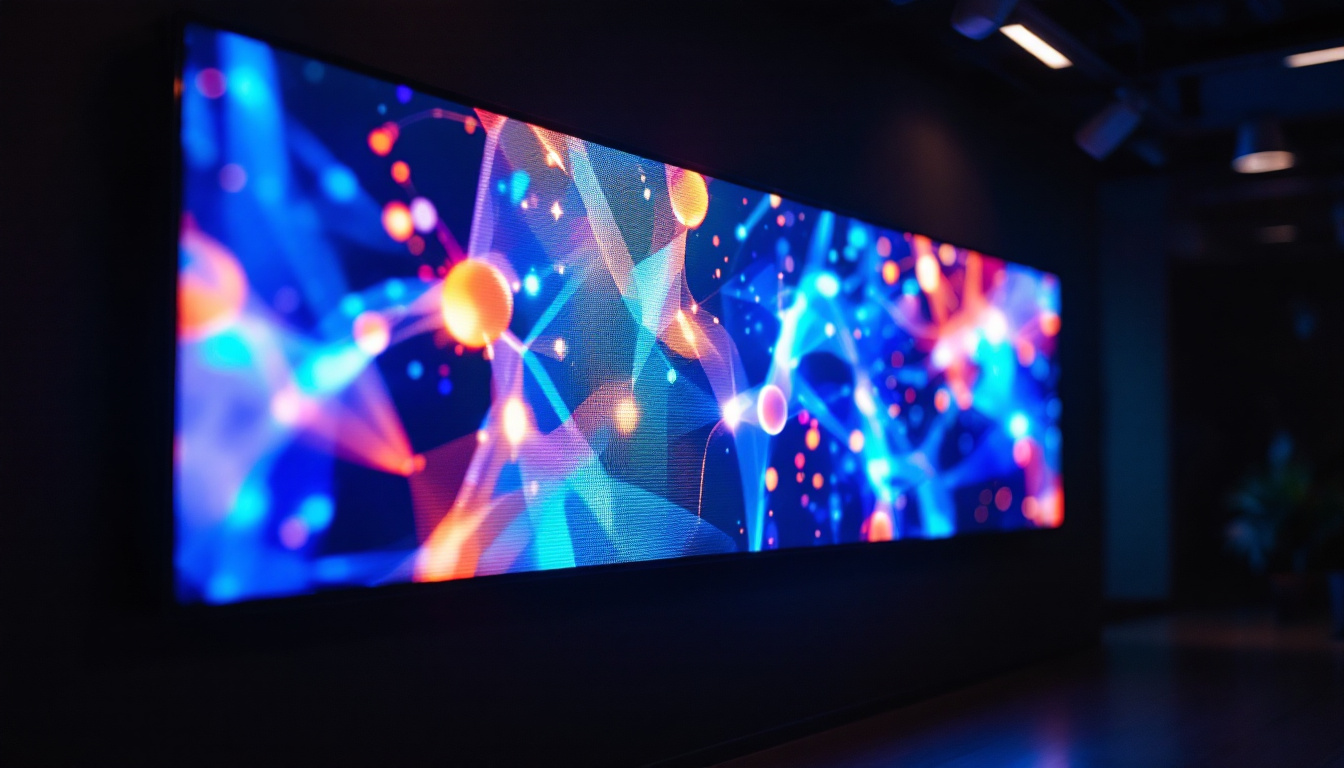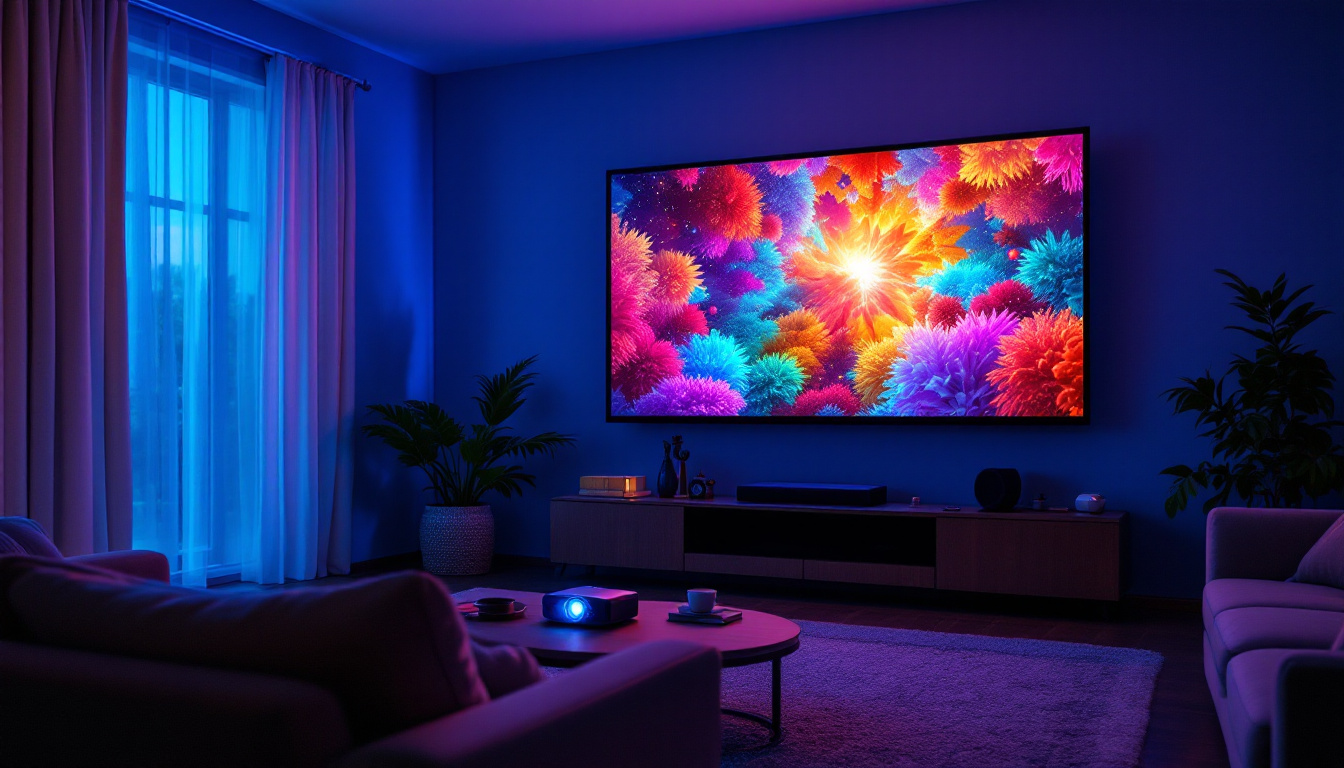In today’s digital age, the importance of a well-organized workspace cannot be overstated. One of the key elements that contribute to an efficient workstation is the computer monitor stand arm. This article delves into the intricacies of monitor stand arms and their relationship with LED displays, providing insights into their functionality, benefits, and how they can enhance your overall computing experience.
Understanding Monitor Stand Arms
A monitor stand arm is a device designed to hold a computer monitor securely while offering adjustable positioning options. These arms can be mounted on desks or walls, allowing users to customize their viewing experience based on personal preferences and ergonomic needs. Such flexibility not only enhances comfort but also promotes productivity, as users can easily adapt their workspace to suit different tasks throughout the day.
Types of Monitor Stand Arms
There are several types of monitor stand arms available on the market, each catering to different user needs. The most common types include:
- Fixed Monitor Arms: These arms hold the monitor in a fixed position. They are typically less expensive and simpler to install, making them a popular choice for users who prefer a straightforward setup without the need for frequent adjustments.
- Articulating Monitor Arms: These provide a range of motion, allowing users to adjust the height, tilt, and swivel of the monitor. This flexibility is ideal for multi-tasking and collaborative work environments, as it enables users to share screens easily or reposition their monitors for optimal visibility.
- Wall-Mounted Monitor Arms: These are attached directly to the wall, saving desk space and providing a clean aesthetic. They are particularly beneficial in smaller workspaces, where maximizing floor area is essential. Wall-mounted options can also be adjusted to eye level, further enhancing ergonomic benefits.
Benefits of Using Monitor Stand Arms
Implementing a monitor stand arm in your workspace can yield several advantages. Here are some key benefits:
- Improved Ergonomics: A monitor stand arm allows users to adjust the height and angle of their screens, promoting better posture and reducing strain on the neck and eyes. This is especially crucial for individuals who spend long hours in front of a computer, as proper alignment can help prevent chronic pain and discomfort.
- Increased Desk Space: By elevating the monitor, users can free up valuable desk space for other essential items, such as notebooks or office supplies. This decluttering effect not only enhances productivity but also creates a more organized and efficient workspace.
- Enhanced Aesthetics: A well-organized workspace with a monitor stand arm can create a more professional and visually appealing environment. The sleek design of many monitor arms can complement modern office decor, contributing to an overall polished look.
Additionally, many monitor stand arms come equipped with cable management features, allowing users to neatly route cables and cords, reducing clutter and tangling. This not only improves the visual appeal of the workspace but also minimizes the risk of accidental disconnections or damage to cables. Furthermore, adjustable monitor arms can accommodate multiple monitors, making them an excellent choice for users who require extensive screen real estate for their work, such as graphic designers, programmers, or financial analysts.
In recent years, the rise of remote work has led to an increased demand for ergonomic solutions in home offices. Many individuals are now investing in high-quality monitor stand arms to create a comfortable and productive work environment at home. By providing the ability to easily switch between sitting and standing positions, these arms can help users maintain energy levels and focus throughout the day, contributing to overall well-being and job satisfaction.
LED Displays: A Modern Marvel
LED (Light Emitting Diode) displays have revolutionized the way we interact with technology. Known for their vibrant colors and energy efficiency, LED displays are now a standard choice for computer monitors.
How LED Displays Work
LED displays utilize semiconductor technology to emit light. Unlike traditional LCD monitors, which rely on fluorescent backlighting, LED monitors use an array of tiny diodes to produce light. This technology allows for greater control over brightness and color accuracy.
Additionally, LED displays can be categorized into two types: RGB LED and White LED. RGB LED displays use red, green, and blue diodes to create a full spectrum of colors, while White LED displays typically use a blue diode with a yellow phosphor coating to produce white light. Each type has its own advantages, depending on the intended use.
Advantages of LED Displays
The transition to LED technology has brought numerous benefits, making them a popular choice among consumers:
- Energy Efficiency: LED displays consume significantly less power compared to their LCD counterparts, leading to lower electricity bills and a reduced carbon footprint.
- Better Color Accuracy: With superior color reproduction, LED displays provide a more vibrant and lifelike viewing experience, making them ideal for graphic design and multimedia applications.
- Longer Lifespan: LED monitors tend to have a longer operational life, often lasting upwards of 50,000 hours, which translates to years of reliable use.
Combining Monitor Stand Arms with LED Displays
The synergy between monitor stand arms and LED displays can significantly enhance a user’s computing experience. By combining these two elements, users can achieve an optimal setup that maximizes both functionality and comfort.
Ergonomic Configuration
One of the primary reasons to invest in a monitor stand arm is the ability to create an ergonomic workspace. With LED displays being lighter and more adaptable, they pair well with adjustable monitor arms. Users can easily position their screens at eye level, reducing the risk of neck and back strain.
Furthermore, the ability to tilt and swivel the monitor allows for collaborative work, where multiple users can view the screen without compromising comfort. This adaptability is particularly beneficial in environments where teamwork is essential.
Space Optimization
In modern workspaces, where real estate is often limited, monitor stand arms can help maximize available space. By elevating LED displays, users can reclaim valuable desk space for other essential items, such as keyboards, documents, or personal items.
This space optimization is especially crucial in home offices or shared workspaces, where clutter can quickly accumulate. A clean and organized desk can lead to increased productivity and a more enjoyable working environment.
Choosing the Right Monitor Stand Arm for LED Displays
Selecting the appropriate monitor stand arm for an LED display involves several considerations. Users should assess their specific needs and preferences to make an informed decision.
Weight Capacity
One of the first factors to consider is the weight capacity of the monitor stand arm. LED displays vary in weight, and it is crucial to choose an arm that can support the monitor securely. Most manufacturers provide weight specifications, making it easier for users to match their monitor with a suitable stand arm.
Adjustability Features
Adjustability is another critical aspect to consider. Users should look for monitor stand arms that offer a range of motion, including height adjustment, tilt, and swivel capabilities. This flexibility ensures that the monitor can be positioned for optimal viewing comfort, reducing eye strain and promoting better posture.
Mounting Options
Monitor stand arms come with different mounting options, such as clamp mounts or grommet mounts. Users should assess their desk configuration to determine which mounting style will work best. Clamp mounts are ideal for desks with limited surface area, while grommet mounts provide a more permanent solution for those looking to enhance their workspace aesthetics.
Installation and Setup
Installing a monitor stand arm can be a straightforward process, especially with the right tools and instructions. Most products come with detailed manuals, but here are some general steps to follow:
Gather Necessary Tools
Before starting the installation, gather the necessary tools, which may include a screwdriver, a wrench, and a level. Having everything on hand will streamline the process and minimize interruptions.
Follow Manufacturer Instructions
Each monitor stand arm will have specific installation instructions. It is essential to follow these guidelines closely to ensure a secure and stable setup. Begin by attaching the mounting bracket to the desk or wall, depending on the chosen mounting option.
Once the bracket is secured, attach the monitor to the arm according to the provided instructions. Ensure that all screws are tightened properly to prevent any wobbling or instability.
Adjust for Optimal Positioning
After installation, take the time to adjust the monitor to the desired height and angle. This step is crucial for achieving an ergonomic setup that promotes comfort and productivity. Once adjusted, test the stability of the monitor to ensure it is securely held in place.
Maintenance and Care
To ensure longevity and optimal performance, regular maintenance of the monitor stand arm and LED display is essential. Here are some tips for proper care:
Regular Cleaning
Dust and debris can accumulate on both the monitor and the stand arm, affecting their appearance and functionality. Regularly clean the surfaces with a soft, lint-free cloth and a gentle cleaning solution to maintain clarity and aesthetics.
Check for Stability
Periodically check the stability of the monitor stand arm. Ensure that all screws and bolts are tightened and that the monitor remains secure. If any instability is detected, address it immediately to prevent accidents.
Inspect for Wear and Tear
Keep an eye out for any signs of wear and tear on the monitor stand arm. If any components appear damaged or worn, consider replacing them to maintain safety and functionality.
Conclusion
In conclusion, a computer monitor stand arm paired with an LED display can significantly enhance the overall computing experience. The combination of ergonomic benefits, space optimization, and aesthetic appeal makes this setup an ideal choice for both home and office environments.
By understanding the different types of monitor stand arms, the advantages of LED displays, and how to select the right combination, users can create a workspace that promotes productivity and comfort. With proper installation and maintenance, this setup can serve as a valuable asset for years to come.
Investing in a quality monitor stand arm and LED display is not just about functionality; it is about creating an environment that fosters creativity, efficiency, and well-being. As technology continues to evolve, staying informed about the best tools and practices will ensure that users can adapt and thrive in their digital workspace.
Enhance Your Digital Workspace with LumenMatrix
Ready to take your computing experience to the next level? LumenMatrix offers a comprehensive range of LED display solutions that perfectly complement any monitor stand arm setup. Whether you’re looking to boost brand visibility or create an immersive visual environment, our innovative LED display modules—including Indoor and Outdoor LED Wall Displays, Vehicle LED Displays, and more—provide the clarity and impact your space deserves. Elevate your workspace and captivate your audience today by exploring the cutting-edge options available at LumenMatrix LED Display Solutions.









